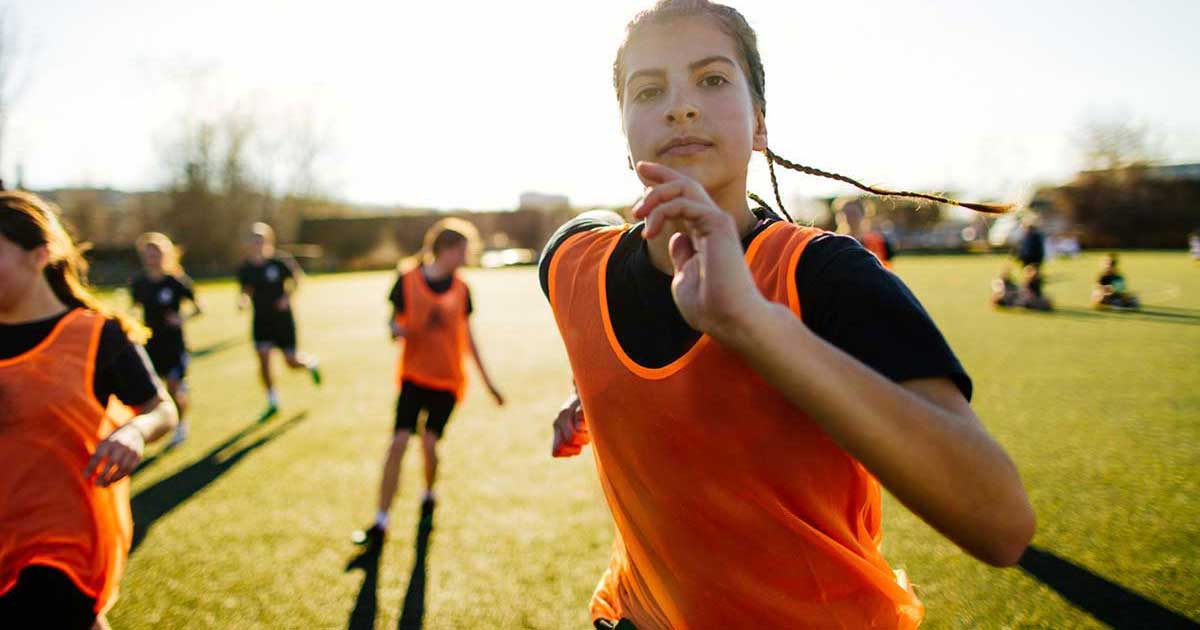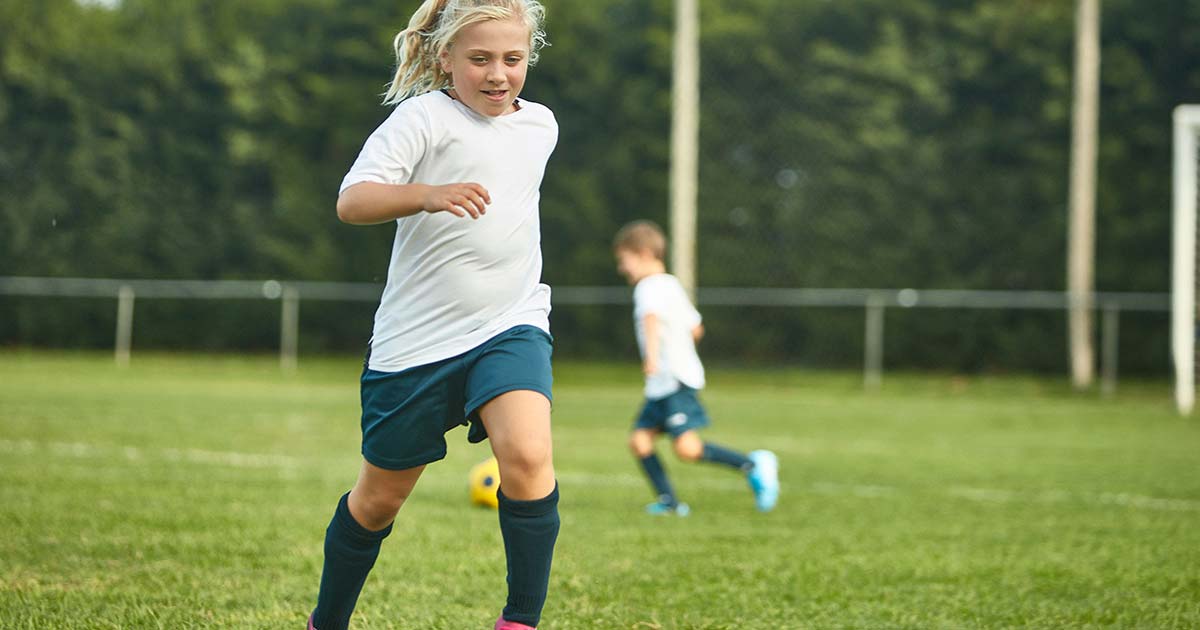
Advice to improve your movement, fitness, and overall health from the #1 in orthopedics in the U.S.
Intensive Participation in a Single Sport: Is It Good or Bad for Kids?
Pediatric orthopedic surgeon Peter Fabricant breaks down what you need to know about the effects of sports specialization on young kids.
Advice to improve your movement, fitness, and overall health from the #1 in orthopedics in the U.S.

But is there a downside? Yes, say many sports medicine experts, when the desire to excel leads to rigorous year-round training in just one sport. Known as "early youth sport specialization," the practice is becoming increasingly common among pre-teen and young teen athletes, according to Peter Fabricant, MD, MPH, a pediatric orthopedic surgeon at HSS.
In fact, of the 60 million children and teens who participate in organized sports each year, about 27 percent are involved in only one sport, according to the National Council of Youth Sports. Increasingly, they're training or competing year-round, often on multiple teams. Kids as young as seven years old may join travel leagues in addition to school-sponsored programs.
"We see kids as young as 10 years old on four soccer teams," Dr. Fabricant says. And this specialization makes kids more prone to develop certain types of injuries.
Understanding the Evidence
In short, the excessive stress on muscles, bones, tendons and ligaments associated with sports specialization has been linked to a greater risk of overuse injuries. Overuse, which accounts for about half of the injuries seen in young athletes, happens gradually and gets worse over time. “Basically, kids are overdoing it,” says Dr. Fabricant.
Also common are shoulder and elbow injuries in young athletes involved in baseball, tennis and overhead sports. "Kids involved in field and impact sports often come in with stress fractures and knee problems," Dr. Fabricant notes.
The problem has become so widespread that the American Orthopaedic Society for Sports Medicine has published a consensus statement based on the available evidence. The panel of experts, including a physician from HSS, declared the practice to be detrimental, defining early specialization as participation in an activity year-round at the exclusion of other sports prior to age 12.
"There is no evidence that young children will benefit from early sport specialization in the majority of sports," the panel wrote. "They are subject to overuse injury and burnout from concentrated activity."
The American Academy of Pediatrics has also advised against single-sport specialization, notes Dr. Fabricant. But more research is needed to determine the ideal age for sport specialization, how to best prevent injuries in young athletes, and how to promote life-long enjoyment of athletics for good health.
Focus on Diversification
Despite the evidence against early specialization, it's not always easy to dissuade a kid from playing a favorite sport year-round. Coaches may push kids to train intensely in a sport, and parents may see specialization as a ticket to a college scholarship or professional career. They think about the success of athletes who started training at a young age, and place high hopes on their children.
So what’s the solution? The American Orthopaedic Society for Sports Medicine suggests that young athletes play multiple sports rather focusing on one. Similarly, the American Academy of Pediatrics calls for diversification and advocates for the delay of specialization until late adolescence.
Dr. Fabricant agrees. "A better, healthier alternative to single sport specialization is for kids to play a variety of sports year-round," he says. "If a kid loves baseball, they can play that sport for two seasons. The other two seasons, they can participate in recreational or organized sports that don't involve overhead throwing. That way they’re giving their arm a rest."
Prevention initiatives at HSS, such as the Youth Sports Safety Program, also seek to raise awareness about good practices that can reduce the risk of injury. "We still want kids to be active all year. We don't want them to be couch potatoes," Dr. Fabricant adds
Kids are often devastated when they get hurt badly enough to be sidelined, and that brings up another benefit of diversification. "If an injury prevents a young athlete from playing one sport, they may still be able to participate in another athletic activity," Dr. Fabricant notes. "For example, a kid with a sore shoulder could still be on the track team."
Published 7/24/2022


